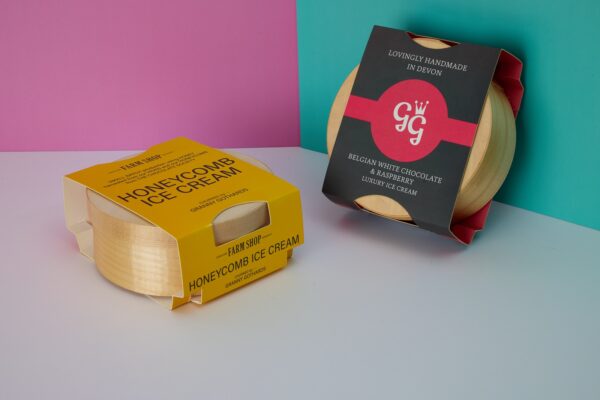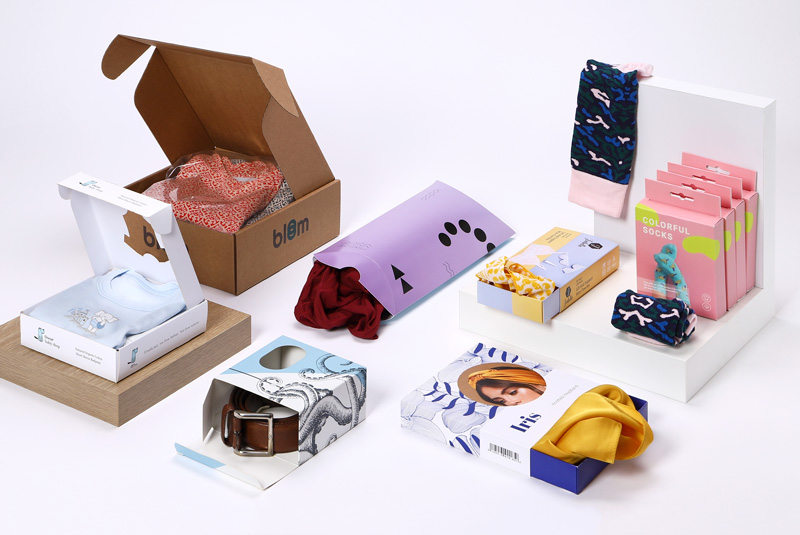In the modern world, the demand for eco-friendly solutions is on the rise. One area that has seen significant innovation is compostable packaging. A critical component of this packaging is the use of food safe inks. These inks ensure that the packaging not only serves its primary purpose but also aligns with sustainability goals. Food safe inks for compostable packaging are becoming a cornerstone in the journey toward a greener planet.
When it comes to packaging, the safety and environmental impact of the materials used are paramount. This is where the role of food safe inks becomes crucial. They ensure that the inks used in packaging are non-toxic and do not harm the environment when the packaging is discarded. This article explores the significance of these inks and their role in creating sustainable packaging solutions.

Understanding Food Safe Inks
Food safe inks are specially formulated to be non-toxic and safe for use on packaging that comes into contact with food. These inks must meet stringent regulatory standards to ensure they do not contaminate the food they come into contact with. The primary goal is to avoid any health risks while maintaining the quality and safety of the food.
Regulatory Standards for Food Safe Inks
Various regulatory bodies worldwide have established guidelines to ensure the safety of inks used in food packaging. These standards are designed to protect consumers from potential health risks associated with toxic inks. Compliance with these standards is crucial for any manufacturer involved in food packaging.
Benefits of Food Safe Inks in Compostable Packaging
The use of food safe inks in compostable packaging offers numerous benefits. Firstly, it ensures that the packaging is safe for consumers. Secondly, it supports environmental sustainability by reducing the impact of packaging waste. This is especially important as more brands and consumers are becoming environmentally conscious.
The Role of Compostable Packaging
Compostable packaging is designed to break down naturally without leaving harmful residues. This type of packaging is made from materials that can decompose in a composting environment, turning into nutrient-rich soil. The use of food safe inks complements this process by ensuring that no toxic substances are released during decomposition.
Materials Used in Compostable Packaging
Common materials used in compostable packaging include plant-based materials such as cornstarch, bamboo, and sugarcane. These materials are chosen for their ability to break down quickly and safely. The inks used on these packages must also be biodegradable to ensure the entire package can decompose without harming the environment.
Challenges and Solutions
While compostable packaging offers many benefits, it also presents challenges. One such challenge is ensuring the durability and functionality of the packaging. Manufacturers must balance these factors with the need for environmental sustainability. The development of advanced food safe inks has been instrumental in overcoming these challenges, providing durable yet environmentally friendly solutions.
Future Trends in Food Safe Inks and Compostable Packaging
As technology evolves, so too do the options for food safe inks and compostable packaging. Innovations in ink formulations are leading to more vibrant colors and improved performance. Additionally, there is a growing trend towards using renewable resources in ink production, further enhancing the sustainability of packaging solutions.
Innovative Ink Technologies
New technologies are enabling the development of inks that not only meet safety standards but also offer enhanced functionality. For example, some inks are designed to change color based on temperature, providing an additional layer of safety by indicating if food has been stored at the correct temperature.
Consumer Awareness and Demand
Consumer awareness of environmental issues is driving demand for sustainable packaging solutions. As more people become informed about the impact of packaging on the environment, they are more likely to choose products that use food safe inks and compostable packaging. This shift in consumer behavior is encouraging more companies to adopt sustainable practices.
Implementing Food Safe Inks in Your Business
For businesses looking to implement food safe inks in their packaging, it is essential to start by understanding the regulatory requirements. Working with reputable ink suppliers who offer certified food safe inks is crucial. Additionally, businesses should consider the environmental impact of their packaging choices and aim to use materials that are both safe and sustainable.
Choosing the Right Ink Supplier
When selecting an ink supplier, it is important to choose a company that prioritizes safety and sustainability. Look for suppliers who offer a range of food safe inks and have a proven track record of compliance with regulatory standards. Building a relationship with a trusted supplier can help ensure the quality and safety of your packaging.
Marketing Your Sustainable Practices
Once you have implemented food safe inks and compostable packaging, it is important to communicate these efforts to your customers. Highlighting your commitment to sustainability can enhance your brand reputation and appeal to environmentally conscious consumers. Consider using packaging labels and marketing materials to share your sustainability story.
For more insights on how to enhance your brand’s reputation through food safety, visit Food Safety and Brand Reputation.
Conclusion
The integration of food safe inks in compostable packaging is a crucial step towards achieving sustainable packaging solutions. By ensuring the safety and environmental compatibility of inks, businesses can meet consumer demand for eco-friendly products while protecting the planet. As technology and consumer awareness continue to evolve, the role of food safe inks in sustainable packaging will only grow in importance.
Explore more about the certifications that guarantee the safety of food packaging inks by visiting Eco Certifications for Food Packaging Inks.

FAQ Section
What makes an ink food safe?
An ink is considered food safe if it complies with regulatory standards that ensure it is non-toxic and does not contaminate food. These inks are formulated to be safe for use on food packaging.
Why is compostable packaging important?
Compostable packaging is important because it reduces the environmental impact of packaging waste by breaking down naturally into nutrient-rich soil, thus minimizing the accumulation of toxic residues in the environment.
How can businesses benefit from using food safe inks?
Businesses can benefit from using food safe inks by ensuring consumer safety, meeting regulatory standards, and enhancing their brand reputation through commitment to sustainability. This can also attract environmentally conscious consumers.
Learn more about the importance of ink safety in the food industry by visiting Ink Safety in Food Industry.
This article contains affiliate links. We may earn a commission at no extra cost to you.






